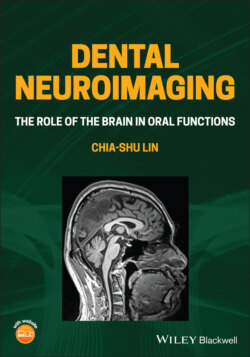Читать книгу Dental Neuroimaging - Chia-shu Lin - Страница 25
1.1.3.2 Brain and Neuroscience: Is It Neglected in Dental School?
ОглавлениеAccording to the Basic Science Survey Series of the American Dental Education Association (ADEA), neuroscience is widely taught in most dental schools in North American. In 2014, among 66 dental schools, 31 (47%) offered neuroscience as a standalone course, with the others integrated the neuroscience topics into other courses (Gould et al. 2014). It is also noteworthy that in most dental schools, the course was delivered by teachers from medical schools, who may not tailor‐make the course for dental students (Gould et al. 2014). The average year of teaching of the teachers is relatively high (23.1 years), suggesting fewer younger teachers are involved in the field (Gould et al. 2014). Critically, the topics to be delivered significantly varied between courses. Some topics, such as the knowledge of cranial nerves, were taught averagely for three hours. In contrast, issues of the neuropathic mechanisms of pain, including nerve regeneration, neuralgia, allodynia and hyperalgesia, were taught less than half an hour (Gould et al. 2014). Topics related to the human brain were taught in most of the courses. Nevertheless, among the 31 independent neuroscience courses, almost half of them focused on neuroanatomy, which emphasizes the knowledge of brain structure rather than the link between the brain and oral functions. This alienation reflects that many courses were taught by personnel outside the dental schools and may not provide what dentists need to know for their clinical careers.
Therefore, for teaching neuroscience and brain science in dental schools, the real challenge is not the time and classes allocated for teaching, but how these materials are taught. Non‐dental school faculties mainly taught the courses, and the topics were less tailored for dentistry. For example, in some syllabi of the neuroscience courses, the issue ‘pain’ is taught alongside somatosensation. Nowadays, we have much evidence showing that pain, as a more generalized cognitive–affective experience, is associated with the brain mechanisms of attention, emotional and cognitive processing (see Chapter 6). In this case, a focus on the brain and mental functions, such as the modulatory effect of attention and cognitive appraisal on pain, should be tailored for dental students since it is highly associated with the clinical management of patients.
